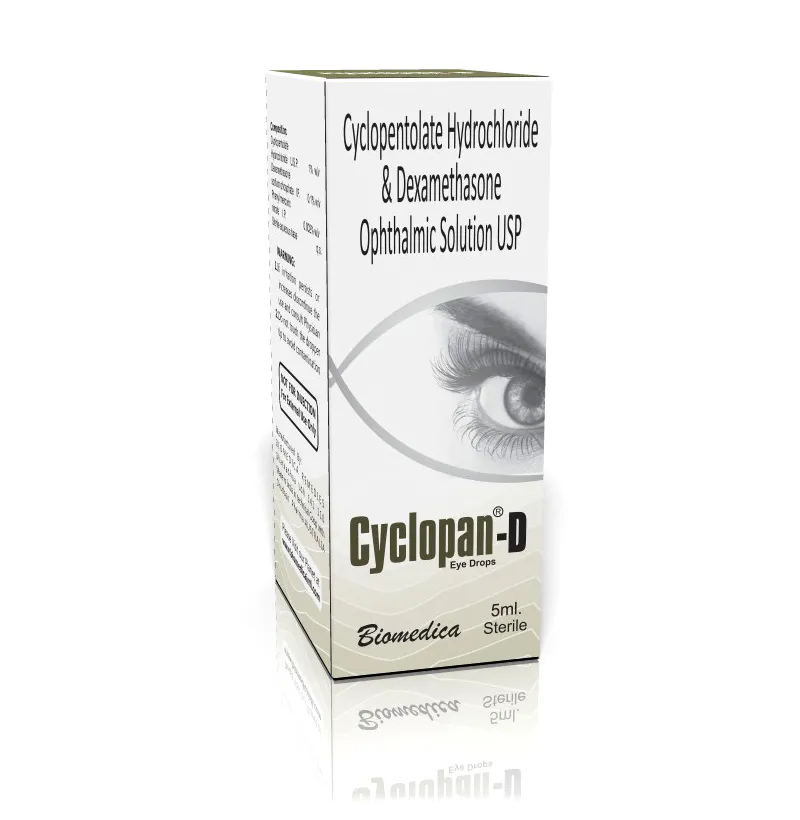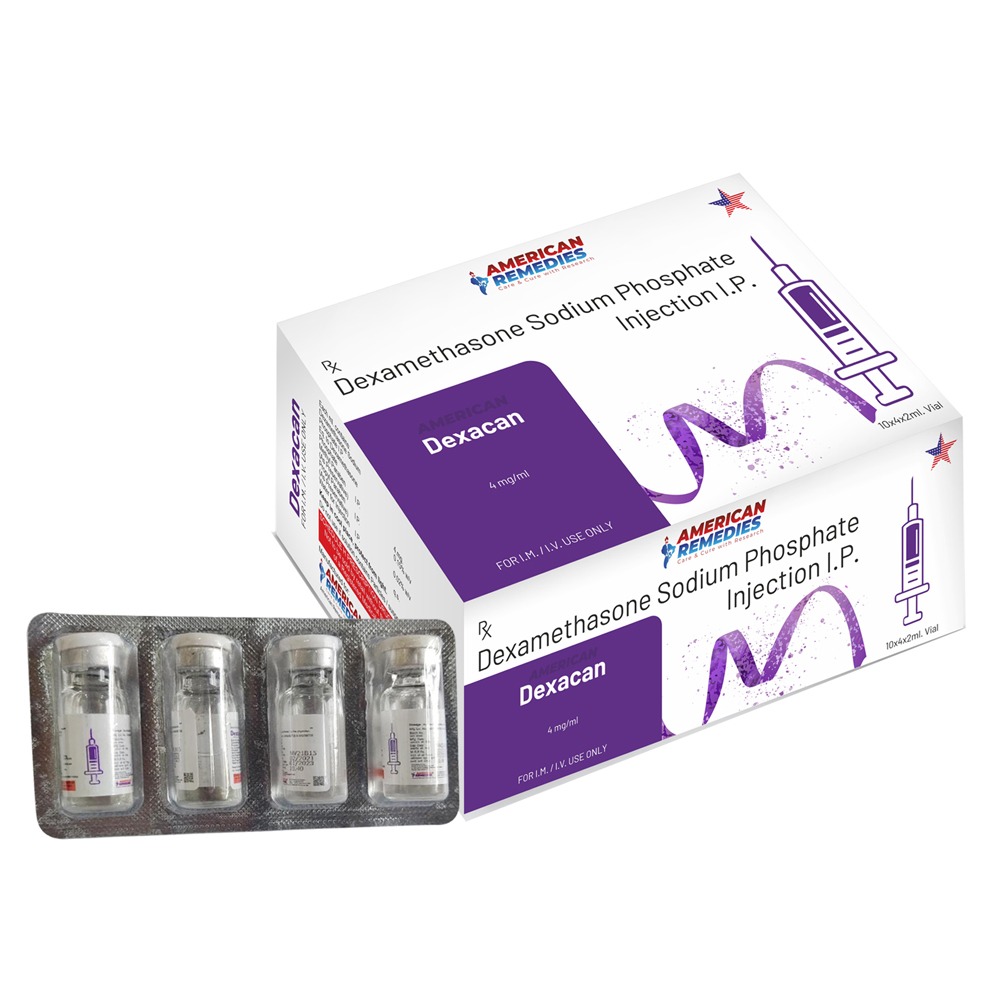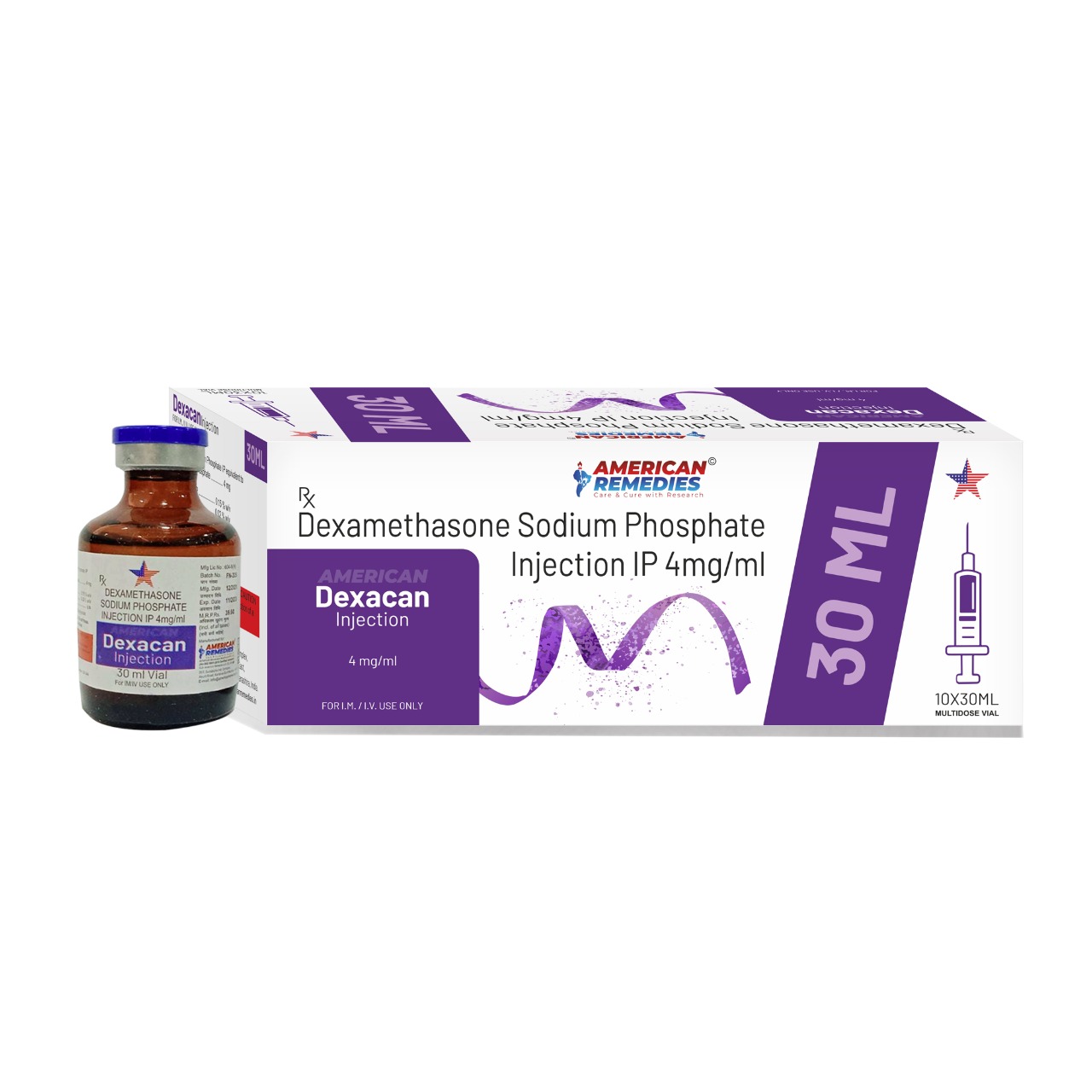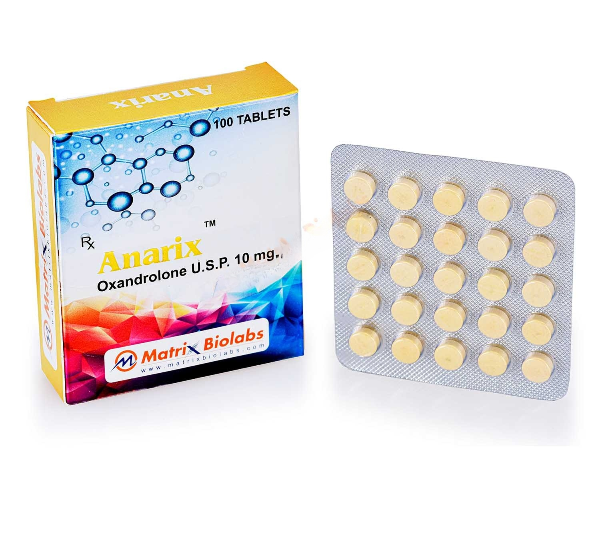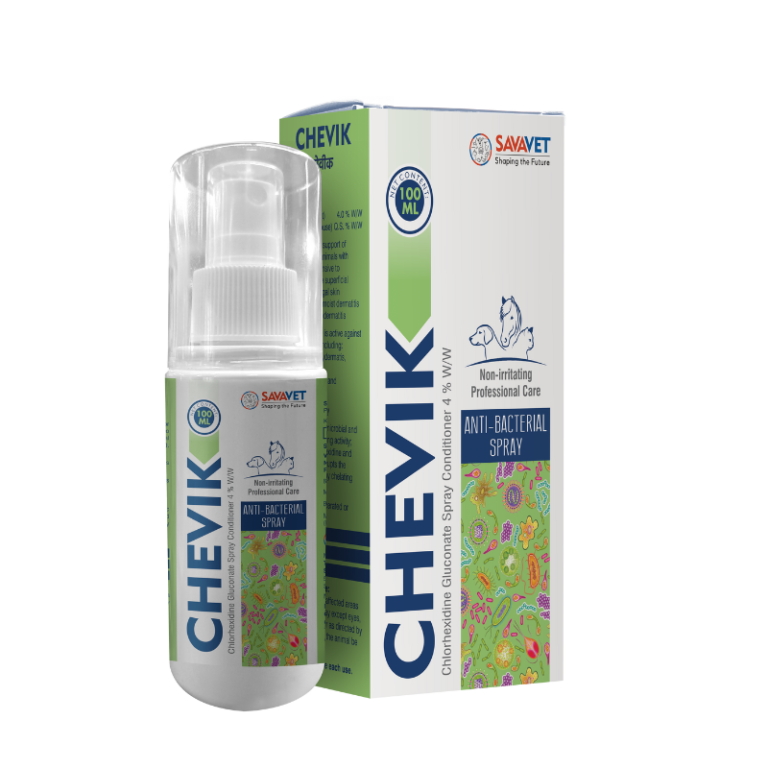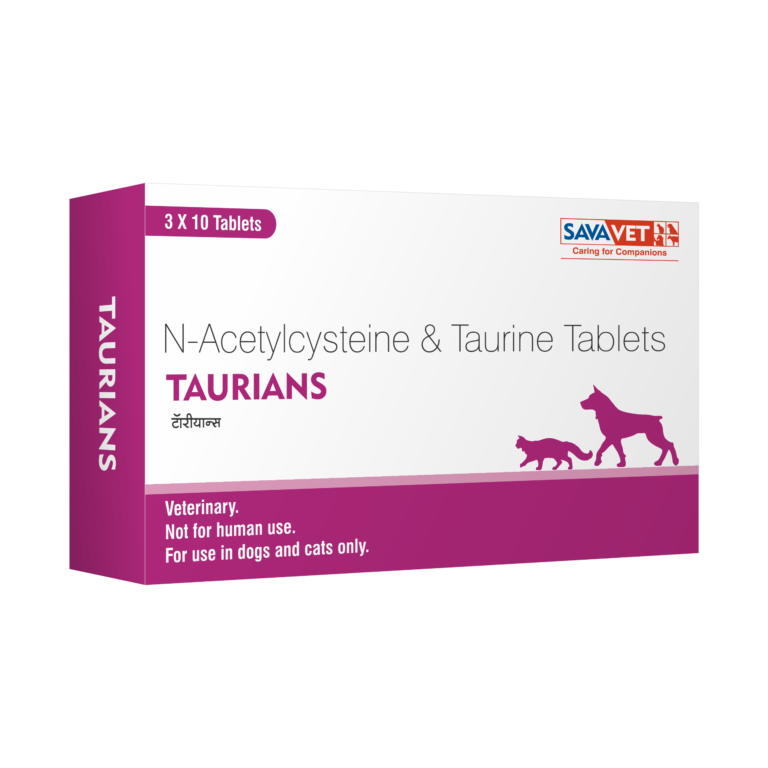DEXAPAR Dexamethasone Eye Drops contain Dexamethasone, a potent corticosteroid that helps to reduce inflammation in the eyes. These eye drops are typically used to manage a variety of eye conditions involving inflammation. Here’s a breakdown of the primary uses: 🔹 Primary Uses Treatment of Inflammatory Eye Conditions Dexamethasone is commonly used to treat eye conditions where inflammation is present, such as: Uveitis (inflammation of the uvea, which is part of the eye) Iritis (inflammation of the iris) Conjunctivitis (inflammation of the conjunctiva) Keratitis (inflammation of the cornea) Post-Surgical Inflammation Used after eye surgeries, such as cataract surgery, to control post-operative inflammation and prevent discomfort. Allergic Conjunctivitis May be used for severe allergic reactions causing inflammation in the eye (though often replaced by non-steroidal anti-inflammatory drugs or other treatments). 🔹 How It Works Dexamethasone is a corticosteroid that works by suppressing the immune system to decrease inflammation. It inhibits the release of substances in the body that cause inflammation, such as prostaglandins and cytokines. ⚠️ Common Side Effects Eye irritation or stinging upon application Increased intraocular pressure (which can lead to glaucoma with long-term use) Blurred vision (temporary) Cataract formation (with prolonged use) Eye infections: Prolonged use may increase the risk of developing eye infections. 🔹 Usage Tips Dosage: Typically, 1–2 drops in the affected eye(s), 2 to 4 times a day, depending on the severity of inflammation. Application: Wash your hands before using the eye drops. Tilt your head back and pull down your lower eyelid to form a pocket. Drop the medication into the pocket and close your eye gently. Blink to spread the medication evenly. If using multiple eye medications, wait about 5 minutes between applying each. Contact Lenses: Remove contact lenses before applying the drops and wait 15 minutes before reinserting them. 🔹 Precautions Glaucoma and Cataracts: Prolonged use of Dexamethasone can increase the risk of glaucoma and cataracts, especially in people with a history of these conditions. Infections: Dexamethasone may mask signs of infection. Be cautious if you have an active eye infection. Pregnancy and Breastfeeding: Consult your doctor if you are pregnant or breastfeeding, as corticosteroids may not be suitable in these situations. Long-Term Use: Prolonged or repeated use of corticosteroid eye drops requires careful monitoring by an eye care professional. 🔹 Long-Term Use Dexamethasone Eye Drops are generally not recommended for long-term use unless prescribed by a doctor because of the risk of increasing intraocular pressure, glaucoma, and other complications like cataract formation.
Send Message
